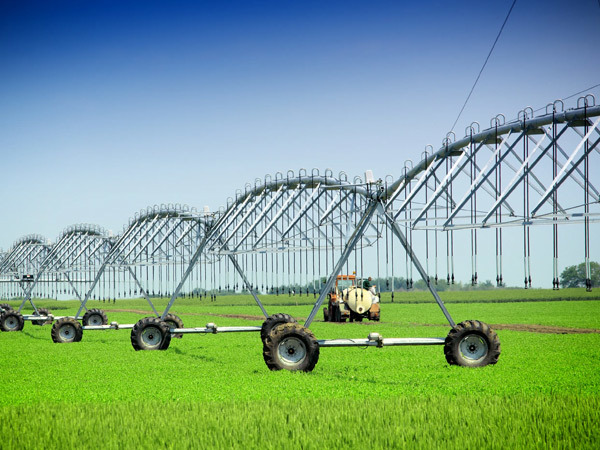Four-wheel horizontal sprinkler
Release time:
Jun 11,2025
The four-wheel horizontal sprinkler is a highly efficient and water-saving farmland irrigation equipment. Its core principle is to achieve uniform irrigation of large areas of farmland through the coordinated operation of "mechanical transmission + hydraulic drive + intelligent control". The following is an analysis of its working principle from the dimensions of structural composition, motion mechanism, irrigation logic, etc.:
The four-wheel horizontal sprinkler is a highly efficient and water-saving farmland irrigation equipment. Its core principle is to achieve uniform irrigation of large areas of farmland through the coordinated operation of "mechanical transmission + hydraulic drive + intelligent control". The following is an analysis of its working principle from the dimensions of structural composition, motion mechanism, irrigation logic, etc.:
Mechanical structure: four-wheel drive "walking irrigation unit"
1. Four-wheel independent drive system
Power source:
Diesel engine (traditional model): transmits power to the four wheels through the gearbox to provide walking traction;
Electric drive (new model): with solar panels or grid power supply, the motor directly drives the wheels, suitable for green energy scenarios.
Synchronous transmission mechanism:
The four wheels are linked through the drive shaft or hydraulic system to ensure that the whole machine moves in a straight line during walking, with an error of ≤0.5 meters/100 meters. For example, in a 500-meter-long farmland, the equipment can keep walking in a straight line to avoid overlapping or missing irrigation areas.
2. Truss-type sprinkler arm structure
Cantilever layout:
Trusses are extended to both sides with the central axle as the fulcrum (usually 50-150 meters in length), and sprinklers are evenly installed on the trusses (with a spacing of 10-15 meters). When the equipment moves horizontally, the sprinkler arm works synchronously with the movement, and the coverage width can reach 2 times the length of the truss (such as a 100-meter truss covering a 200-meter wide farmland).
Flexible connection design:
The truss is connected to the wheel chassis through a universal joint or a hydraulic telescopic rod, which can adapt to the slope of the farmland below 30° and avoid fluctuations in the sprinkler height due to uneven terrain (keep the sprinkler at an optimal irrigation height of 2-3 meters from the ground).
Learn more about industry dynamics
PRODUCT CENTER
CONTACT US
Address: 2-1-2301, Phoenix International Plaza, High-tech Zone, Jinan City, Shandong Province
Quality of service to win customer satisfaction


Shandong Yihe Agricultural Technology Co., Ltd.




